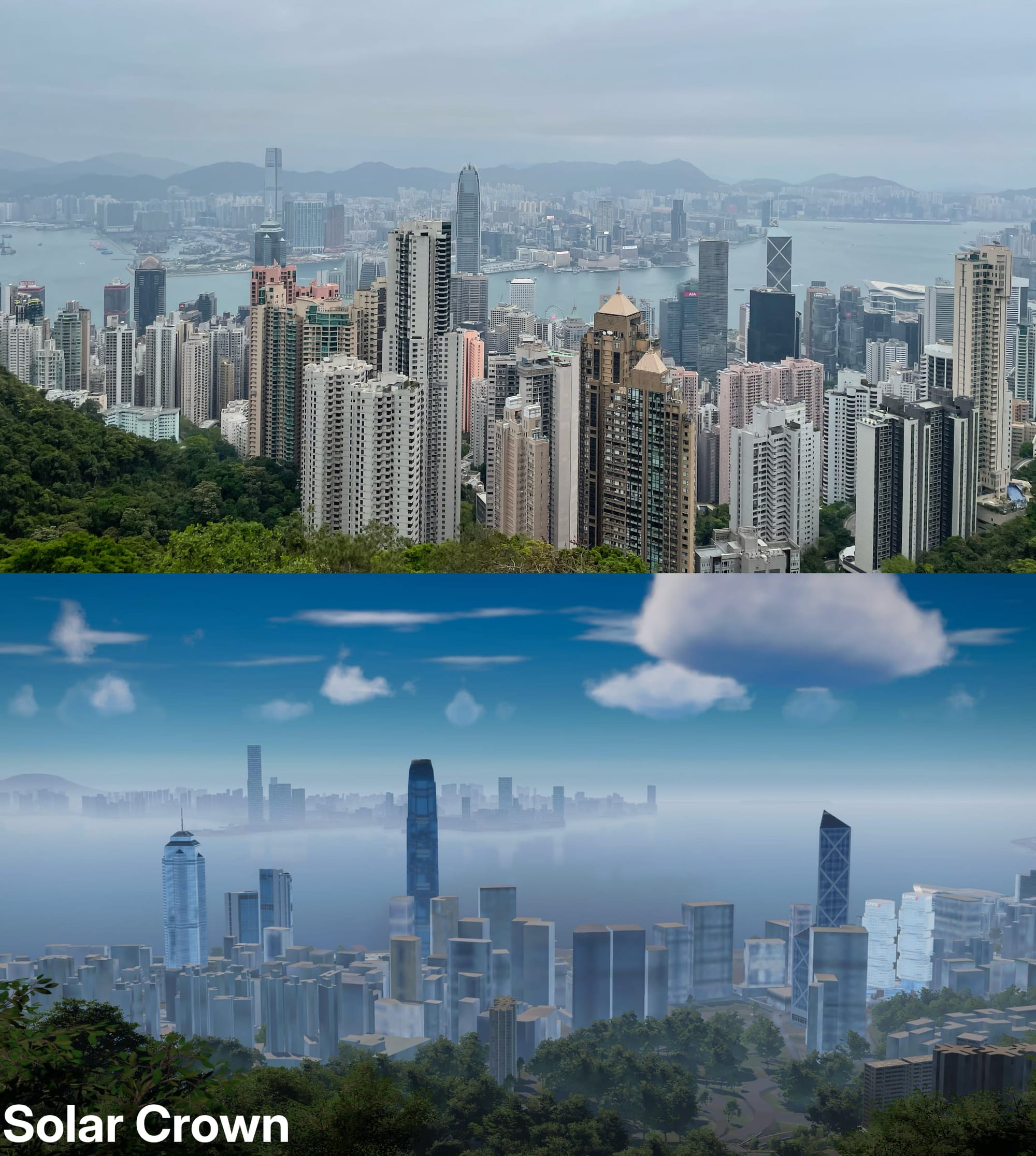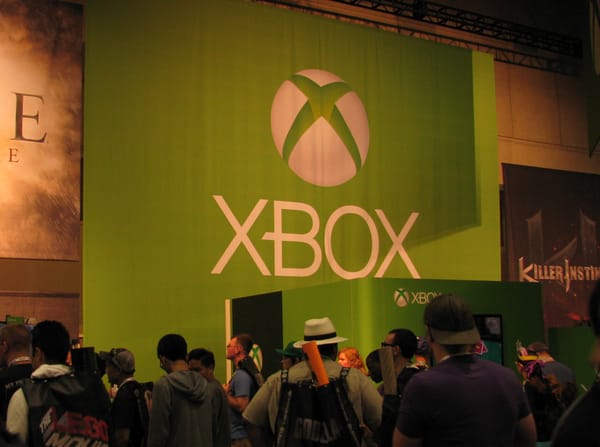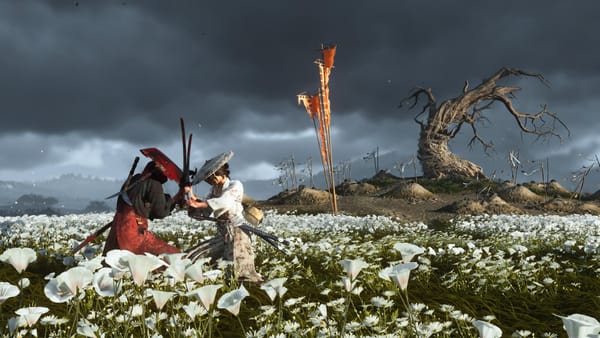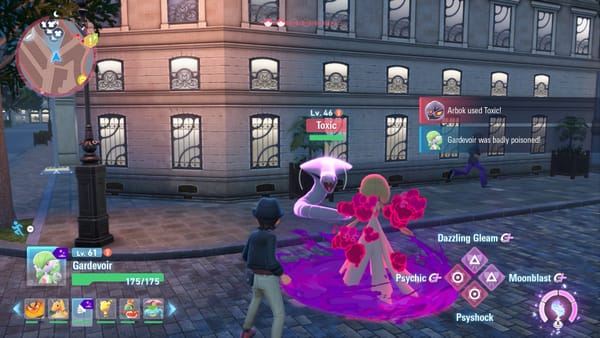Comparing virtual Hong Kong to the real thing
Solar Crown tries to recreate Hong Kong Island but fails to capture the feel and character of the city.
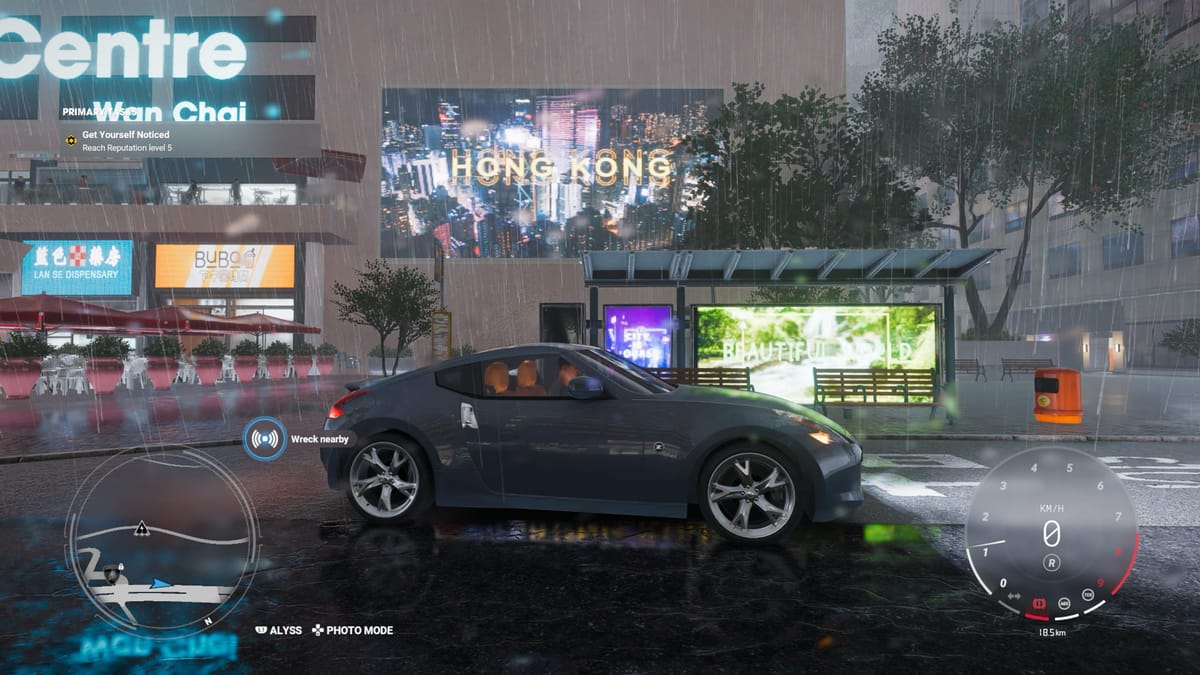
There’s something special about playing video games set in real places.
Part of it is simply down to virtual tourism: it’s fun to see how well a place was recreated, to see what little details made the cut from the real world to the virtual. (It always makes me laugh that, much like the real station, everyone gets lost in Persona 5’s Shibuya Station too.)
A lot of it is down to being able to do unrealistic things in a very real setting. You can’t — or rather, you really shouldn’t — pick fights on the street with the yakuza in Tokyo or race fancy sports cars at top speed in the middle of a city. Those are experiences you can only get in a game.
And so when a new racing game boasts that it’s set on Hong Kong Island “fully recreated at 1:1 scale”, I had to buy it. Plenty of people have asked me how accurately Test Drive Unlimited Solar Crown recreated Hong Kong, my home town, so I thought I’d put together this comparison.
Firstly, a caveat: I’m realistic, okay? I knew coming in that this wouldn’t be a perfect recreation. The developers say as much; they’ve noted that they had to do “small adjustments” and “light redesign” to make the game more fun to play. I get that: Hong Kong roads are too narrow for good racing. I’m on board with tweaks to the map to make racing more fun. And I also understand that the sheer density of buildings in Hong Kong mean that it’s going to be hard to replicate every single one. As long as enough of the virtual buildings and districts roughly match the real thing, that’s good enough for me.
But even with all that in mind, I think Solar Crown does a poor job of recreating Hong Kong.
There are some real buildings in Solar Crown: 2 IFC, Hong Kong’s second tallest building, has been faithfully reproduced, as has the prominent luxury skyscraper Highcliff and Hong Kong Stadium. But these are part of a small handful of accurate buildings, with too many prominent or iconic structures missing. Times Square and Pacific Place, two large and popular malls topped with distinctive skyscrapers, aren’t in the game; their neighborhoods (and the skyline as a whole) look very different without them.
Let’s look at some specific examples. The junction where Garden Road, Queen’s Road and Des Voeux Road meet is well-known to any Hongkonger, but it’s unrecognizable in Solar Crown.
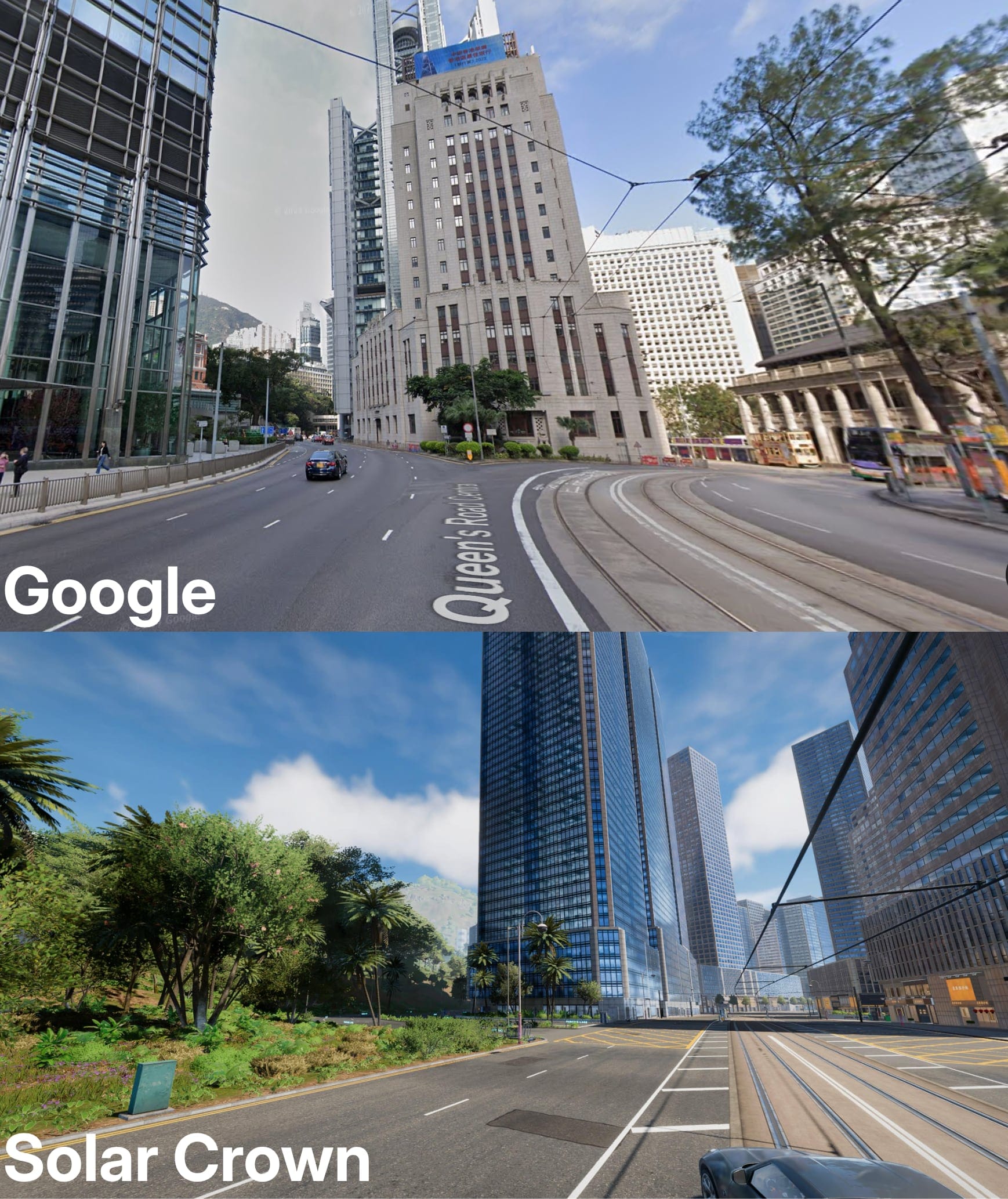
The glassy building you see on the left side of the Google Street View image is Cheung Kong Center, an enormous skyscraper. Not only is it not in Solar Crown, as you can see they didn't even try to replace it with a generic building – there's nothing on that spot at all. A lot of famous structures near Garden Road — St John’s Cathedral, the U.S. Consulate and Government House — aren't in the game, replaced by generic greenery.
Another really high-profile omission is the Peak Tower, a landmark for tourists to see the famous Hong Kong skyline. Again, it wasn’t replaced by another structure; there just isn’t anything there.
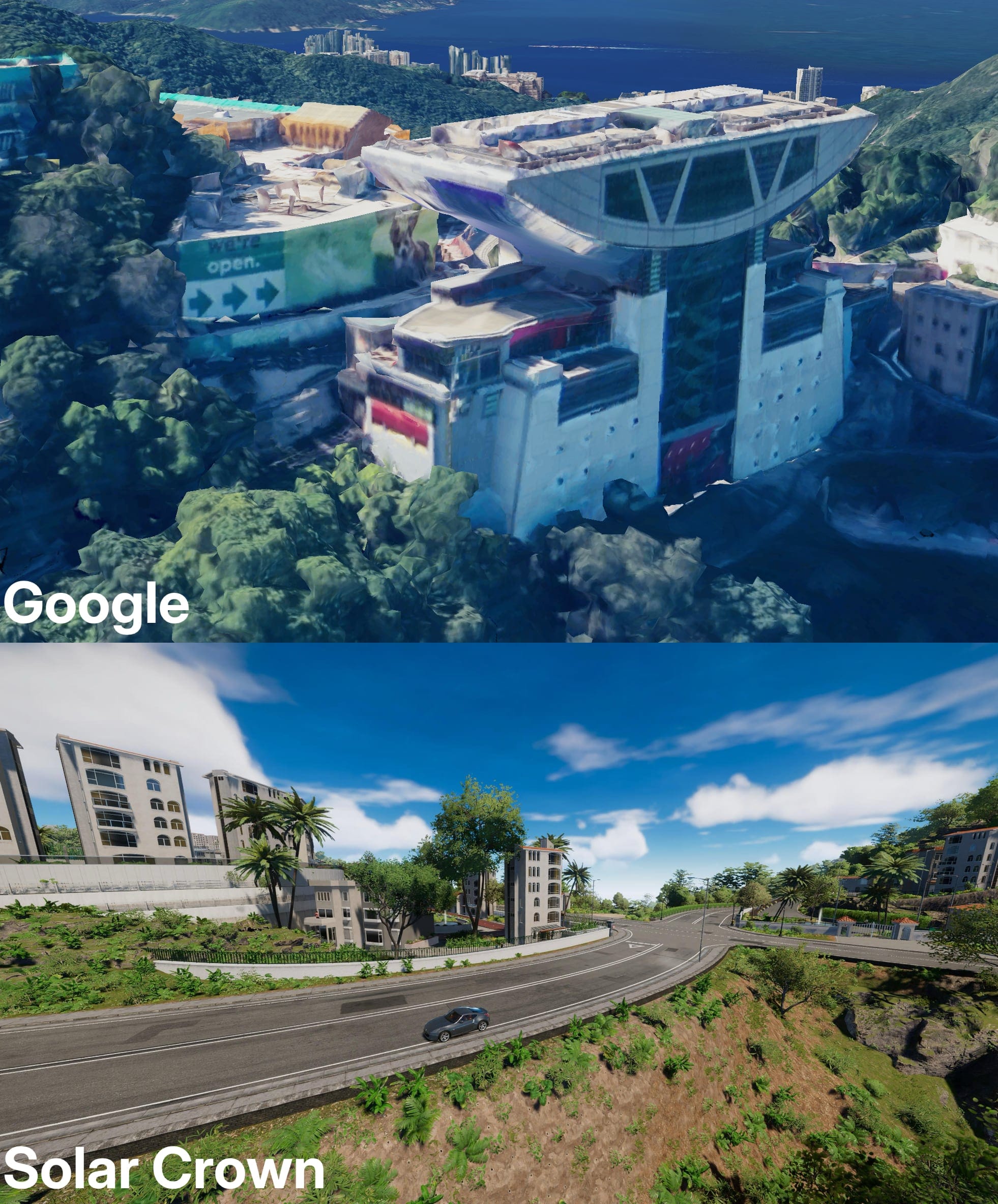
What makes it stranger still is that, while that major landmark is missing, a little further down the road a little supermarket building has been accurately recreated.
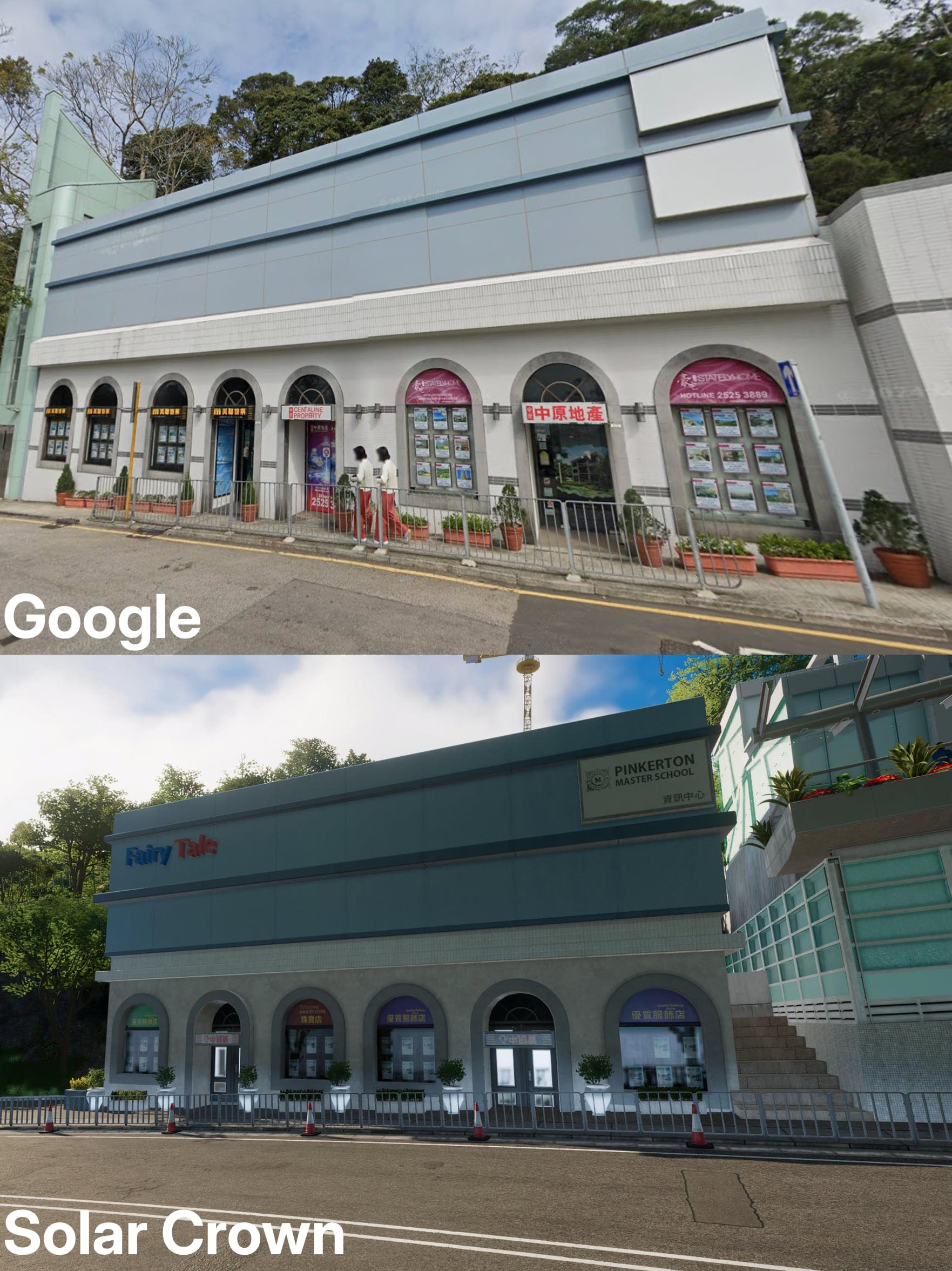
I am not entirely sure why this small structure is one of the few buildings to get a custom recreation but the far more prominent Peak Tower (or the Peak Galleria mall behind it) did not, but it’s indicative of the strange choices made here.
Another omission that frankly saddens me is less well-known, but a real missed opportunity: the Hill Road Flyover.
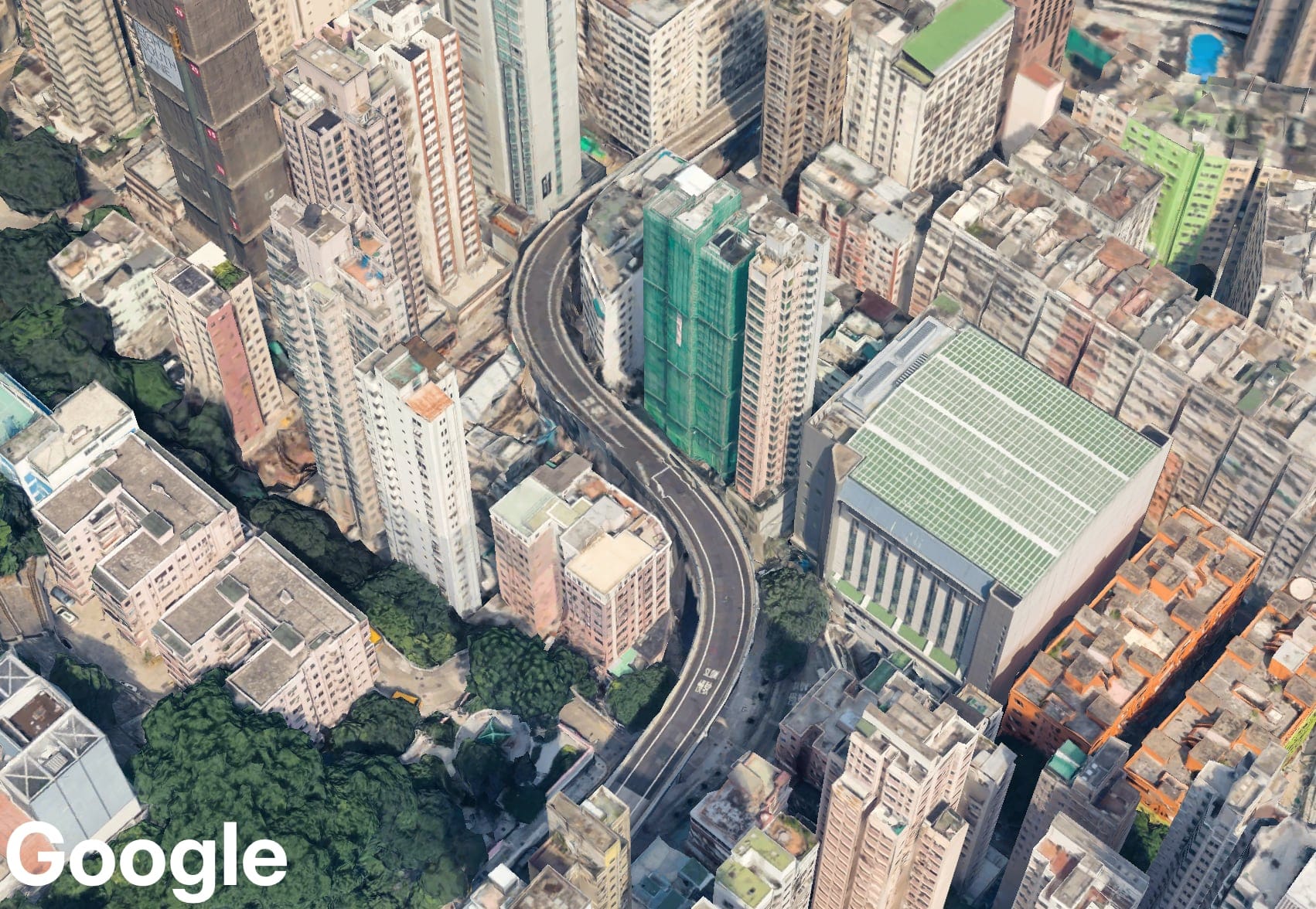
This steep, elevated road winds around buildings so close on either side that you can see into apartment windows. It’s a fun drive at the posted speed limit of 50km/h; it’s one I was really looking forward to safely racing through at far more dangerous speeds.
Needless to say, the Solar Crown version is deeply disappointing, because there are no buildings at all; again, they’ve been replaced by more generic greenery. (Note too that, for all the chatter of a 1:1 recreation, the roads around this flyover are missing from Solar Crown’s map.)
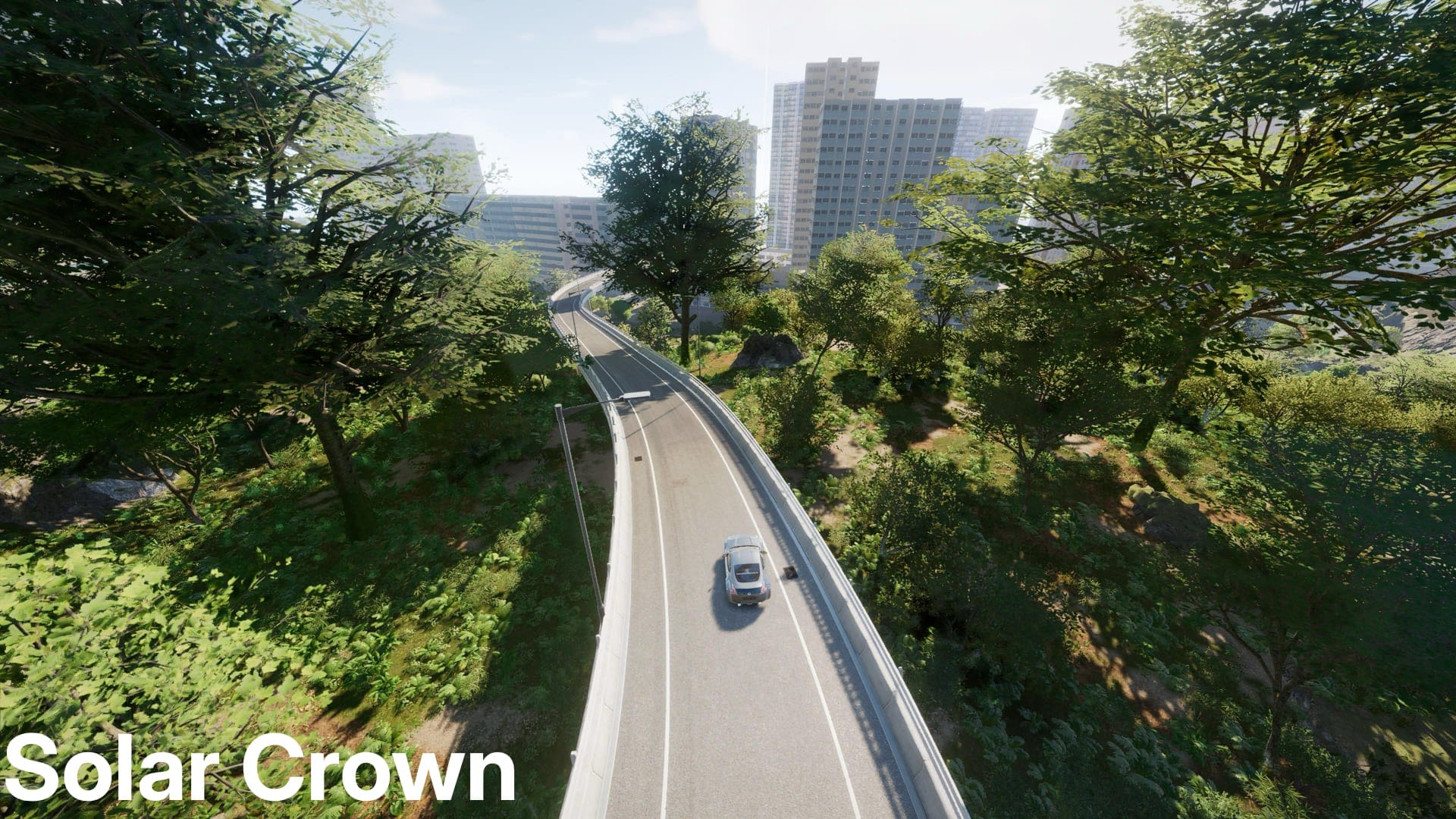
The trouble with these omissions is that it removes a lot of the character that differentiates each district of Hong Kong Island. A lot of the areas just don’t feel like the areas they’re supposed to be based on. Glitzy shopping streets in real life are filled with grimy industrial buildings in the game. What should be a crowded, densely populated area has large patches of uninhabited woodland. And the Peak, home to some of the most expensive houses on the planet, has graffiti daubed on the walls.
One of the worst offenders in Solar Crown is Wyndham Street. In reality, this area is full of bars so crowded that the sidewalks are jammed and people often stand in the street. In the game? It’s a quiet, run-down street with a laundromat. (Lan Kwai Fong, Hong Kong’s world-famous nightlife district, isn’t in the game at all.)
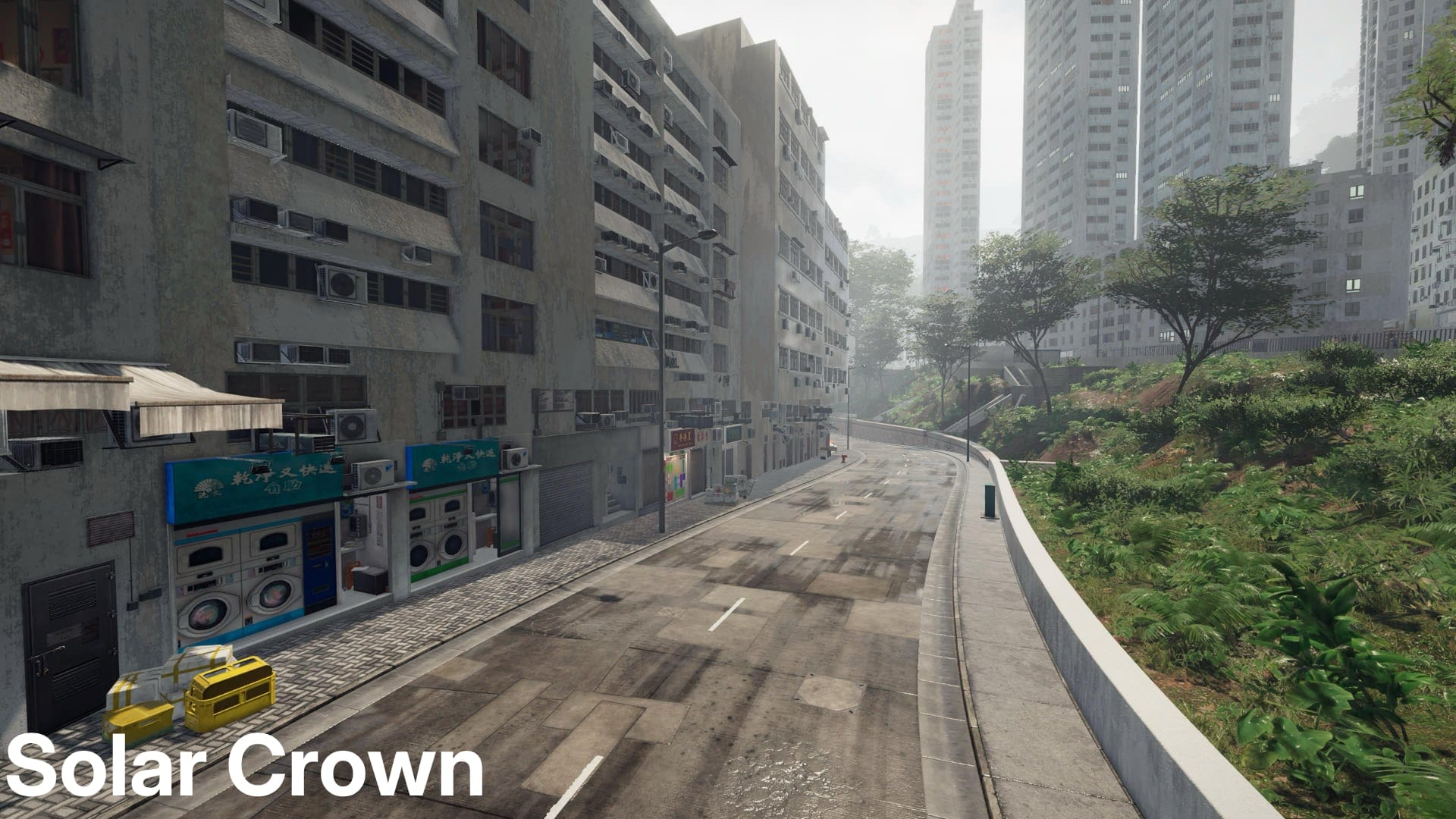
Solar Crown is not the first racing game set in a “real” version of Hong Kong. In 2003, Project Gotham Racing 2 on the original Xbox recreated a smaller part of Hong Kong Island. (The first story I ever produced for CNN was on the realism of PGR2’s tracks!) I thought it’d be interesting to compare the games, despite the massive gap in technology.
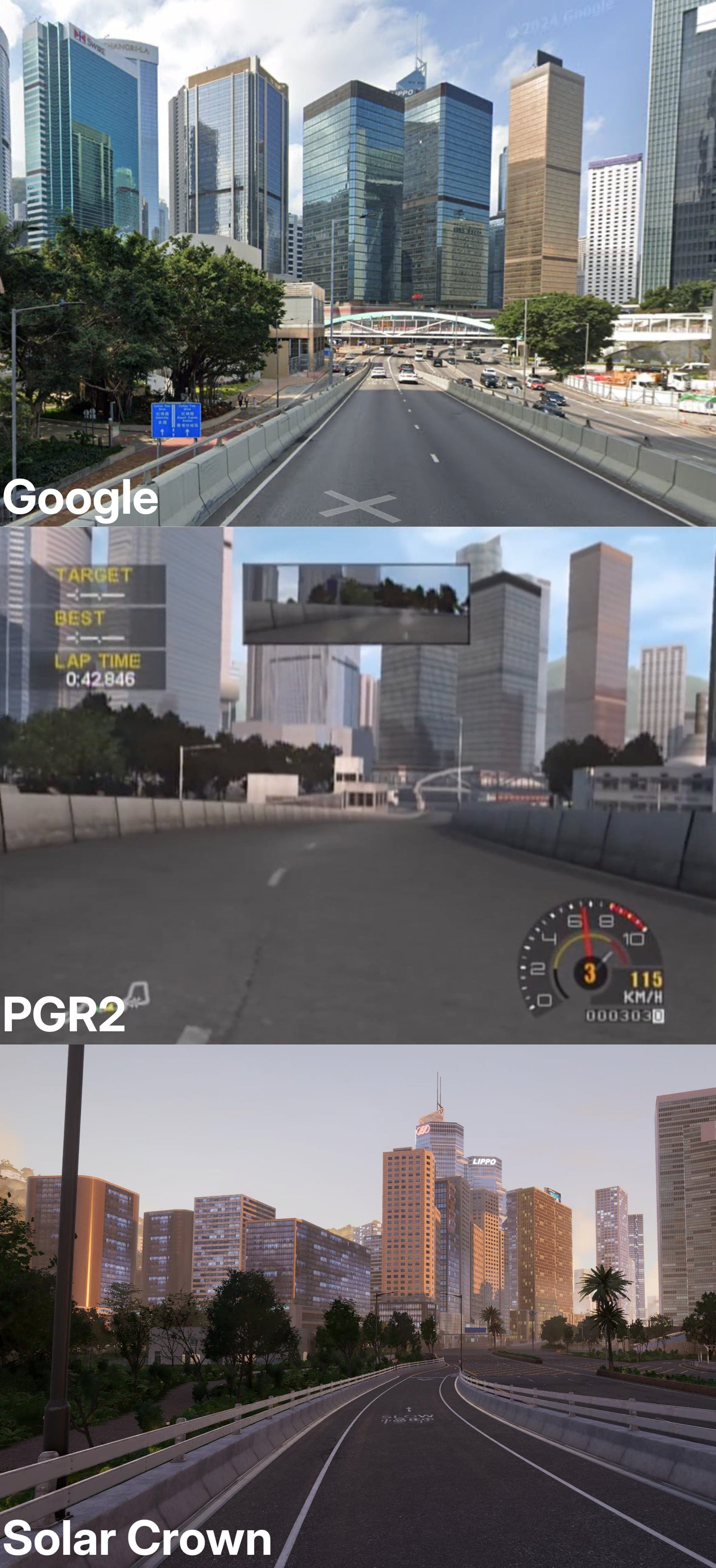
I have to say: the older game is clearly more accurate to me.
Yes, PGR2’s graphics are muddy and not nearly as sharp. Yes, it’s only trying to recreate a small part of Hong Kong Island and not the whole thing. But remember, that game is twenty-one years old. And yet it manages to get so much more right than the modern Solar Crown.
It makes me think of Sleeping Dogs, another older game set in Hong Kong, one that’s grossly inaccurate in terms of layout but nails enough of the landmarks, the colors and the sounds. Sleeping Dogs and PGR2 feel right in a way Solar Crown does not.
I was hoping Solar Crown would scratch an itch; that it’d allow me to experience racing through streets normally choked with traffic, to scream down the twisty Hill Road Flyover at speeds that’d be irresponsible (and illegal) in reality.
Instead, I’m racing through streets that roughly match a layout I’m familiar with, but with none of the character of the real city.
